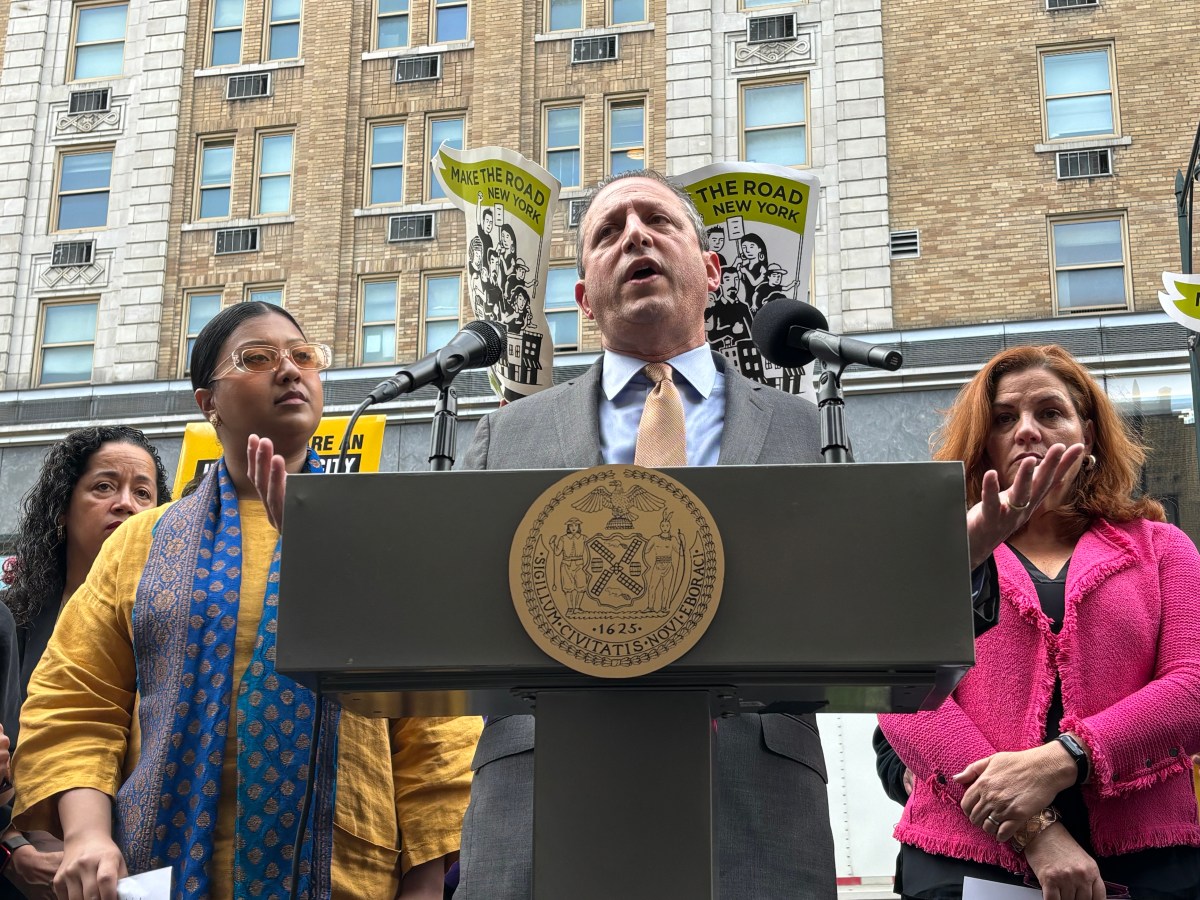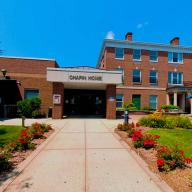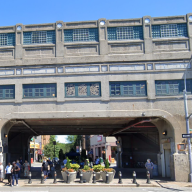By Bill Parry
The first LIC Summit drew nearly 400 people to an all-day event, presented by the LIC Partnership, Tuesday at the Museum of the Moving Image.
Attendees paid as much as $300 to listen to a half dozen different panel discussions with city officials and business leaders about Long Island City’s explosive growth and transformation.
Among the topics were LIC’s burgeoning television and film industry, the arts and culture scene and the area’s future as a tech hub. The biggest crowds gravitated to panels on real estate issues, both residential and commercial.
With 7,500 residential units completed since 2007 with another 12,700 planned or already under construction, the question of rental or condo was explored by developers and brokers.
Justin Elghanayan, president of Rockrose Development Corp., is in the process of remaking the Court Square district with thousand of rental units.
“People get invested in LIC, and I think what’s happening is we’re actually gestating a huge condo market,” he said. “I think the next wave is going to be very high demand for condos.”
Eric Benaim, co-founder of Modern Spaces, explained that as families grow, space becomes an issue.
“There’s a lack of larger apartments in the neighborhood,” he said. “As families grow, there’s little inventory of three- and four-bedroom apartments, so they are forced to move to the suburbs. Condos would fill a need.”
A separate panel discussing commercial and industrial real estate addressed the need for more space.
“Demand is actually still great for commercial space in Long Island City,” Real Deal publisher Amir Korangy said, “from industrial uses to space for creative sector companies.”
That issue was explored deeply by the LIC Summit’s Keynote Panel. City Planning Director Carl Weisbrod said Long Island City has to go vertical.
“Historically, manufacturing had to be very horizontal and it’s one of the reasons New York City lost so many manufacturing jobs over the past 70 years,” he said. “Technology has changed where now you can go vertical for industrial use, allowing businesses to expand. I believe we are beginning to look at that.”
Jonathan Bowles, executive director of the Center for an Urban Future, discussed the needs of tech start-up companies.
“We’re not going to grow the tech district without proper planning,” he said.
Bowles then discussed the possibilities of the area around the F train stop on 21st Street.
“We must make conversions at the old loft buildings there to attract the tech crowd. It’s the only stop on the F line that connects with Roosevelt Island,” he said, referring to the Cornell NYC Tech campus now being built there.
Weisbrod agreed, saying, “That’s a corridor that really cries out for upgrading, whether it’s for industrial expansion, whether it’s technology, whether it’s residential or ideally conceivably for all. That’s to me the real exciting challenge of Long Island City, which is ow do we manage to create a new topology that engages all of these great needs of the city?”
Reach reporter Bill Parry by e-mail at bparry@cnglocal.com or by phone at 718-260-4538.
























